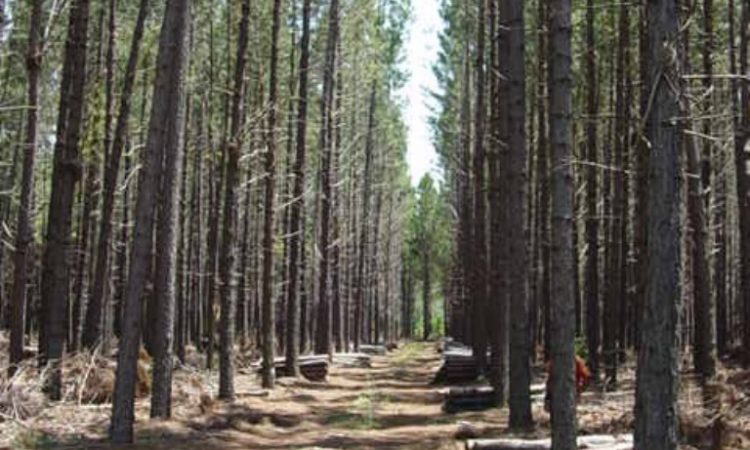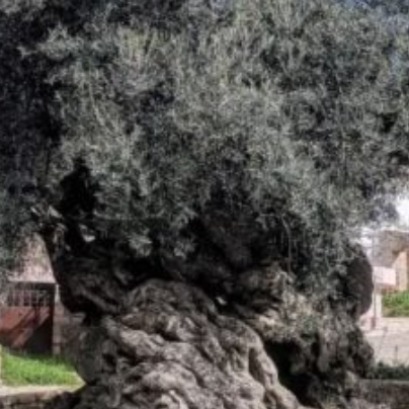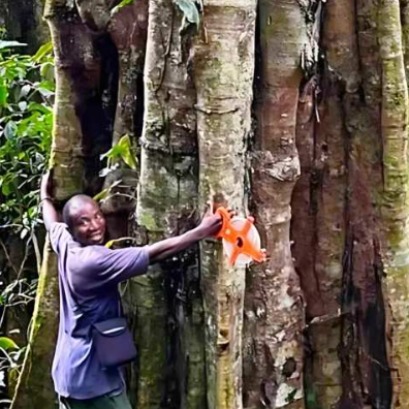
Free workshop on GIS information in forest plantations
It will address how to use the GIS information available in forest plantations.
Led by Matías Gaute, an agronomist with a postgraduate degree in Remote Sensing and GIS (FAUBA), and coordinator of the GIS Area of the National Directorate for Forestry-Industrial Development- SAGyP, a virtual workshop on GIS information on forest plantations will be held on Tuesday August 15, from 4:00 p.m. to 6:00 p.m.
A virtual workshop on GIS information in forest plantations on Tuesday, August 15, from 4 to 6 p.m., will be given by Matías Gaute. He is an Agricultural Engineer with a post-graduate degree in Remote Sensing and GIS (FAUBA) – Coordinator of the GIS Area of the National Directorate of Forestry-Industrial Development- SAGyP, and organized with the support of the Argentine Forestry Association (AFoA)
It will address how to use the GIS information available in forest plantations. Information boards, Cartographic Viewers and Monitoring and Characterization Systems of Forest Plantations in Argentina.
Registration: https://forms.gle/Tho2WzjDyM1mbHA26
When: TUESDAY, AUGUST 15 FROM 4 TO 6 PM.
Syllabus:
Introduction and context
Tools available on the SAGyP website
Discussion and answering of questions
conclusions
Duration: 2 hours
By ZOOM platform and also visible on the Youtube channel of the ARGENTINE FOREST ASSOCIATION

IT MAY INTEREST YOU
 Missions | New illegal felling in the Piñalito Provincial Park in San Pedro reveals the silent expansion of deforestation in protected areas
Missions | New illegal felling in the Piñalito Provincial Park in San Pedro reveals the silent expansion of deforestation in protected areas
The advance of deforestation on protected areas was once again evident this week in the Piñalito Sur Provincial Park, in San Pedro, where the Ministry of Ecology and Renewable Natural Resources confirmed a new case of selective illegal logging. The event occurs in a context of growing concern about the fragility of the environmental control system in rural and border areas, where the scarcity of resources, personnel and logistics limits the capacity of surveillance against criminal organizations organized to steal native woods and market them on the black market in connivance with sawmill owners.
 Experts cant believe it, but this tree is the oldest in the world and continues to bear fruit: it is 4,000 years old.
Experts cant believe it, but this tree is the oldest in the world and continues to bear fruit: it is 4,000 years old.
Nature keeps secrets that defy the passage of time, and one of the most surprising examples is a tree that, approximately 4,000 years old, continues to bear fruit today. This specimen has become a symbol of resistance and longevity, capable of surviving climate changes, landscape transformations and human activity itself.
 Botanists discover giant trees up to 3,��� years old in Tanzania, unknown until now by science
Botanists discover giant trees up to 3,��� years old in Tanzania, unknown until now by science
Scientists have identified a new species of giant tree, Tessmannia princeps, in the Udzungwa Mountains. This species had never before been recorded by science.





















